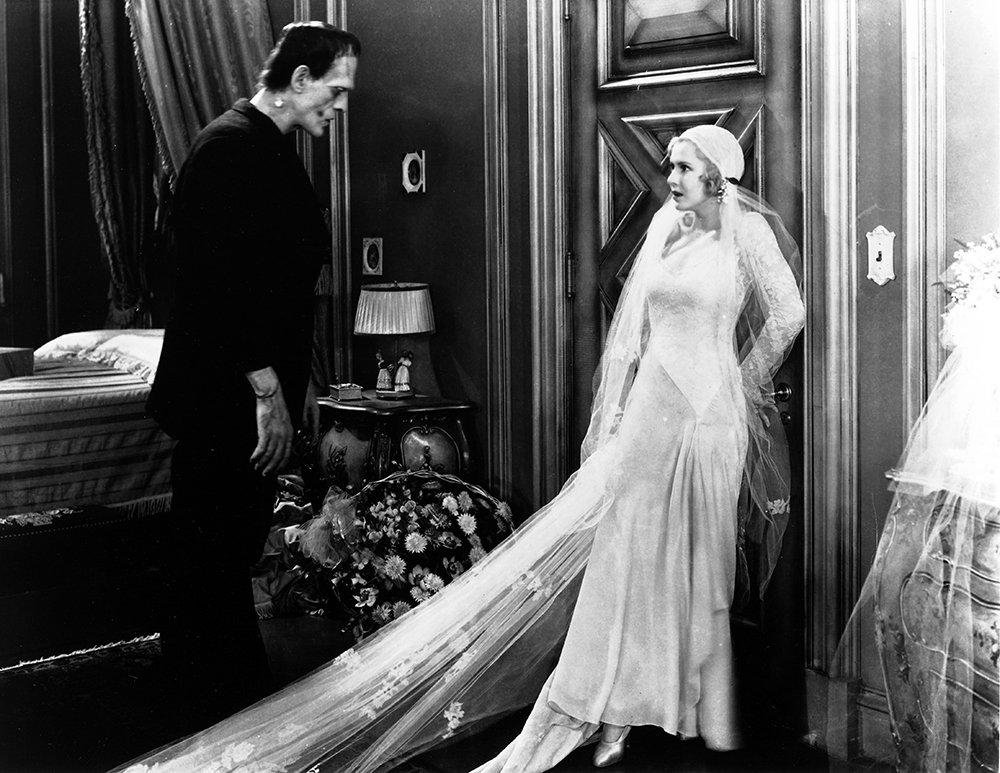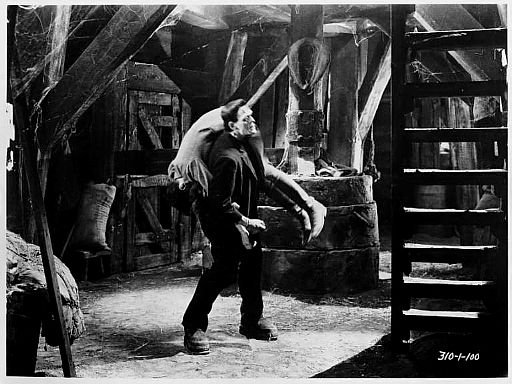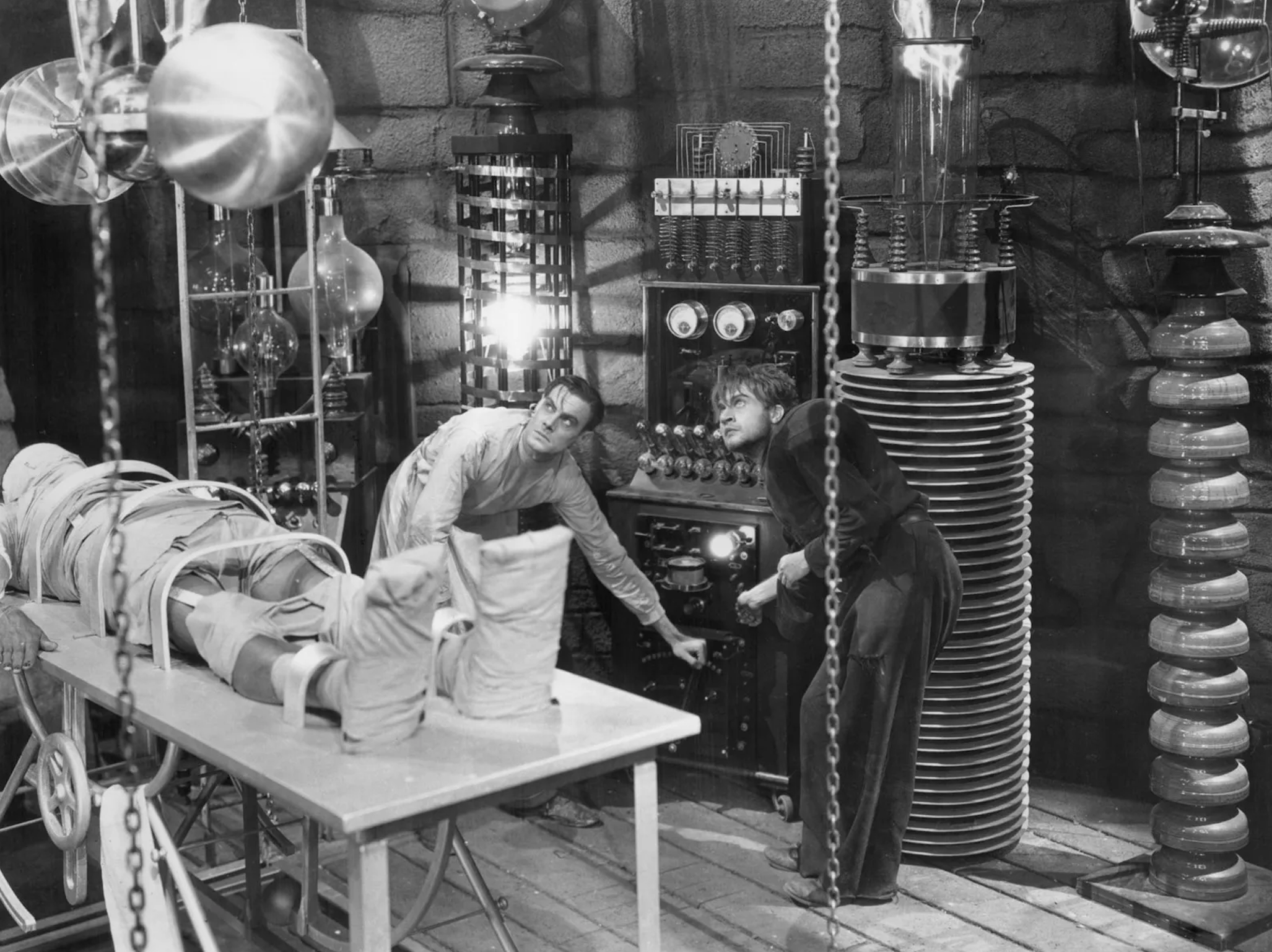N°6
Hi Folks, a lot has happened in my personal life since the last time we chatted! Good stuff, don’t worry! My biggest update is that I had surgery almost a month ago, and have been in recovery and unable to work for the past four weeks. I wanted to mention surgery and recovery because I love having new work and projects to discuss and showcase in each monthly periodical. I haven’t been able to work on anything new, but I didn’t want that to keep me from doing a little entry.
In recovery, I’ve had plenty of time to watch a slew of media, old and new. I thought it would be fun to take a look at my favorite movie, and dive in with some research. I’m going to talk about some of my favorite visual elements, the making of the film, as well as relevant motifs. A fun exercise for me to do, and maybe it’ll be fun for you to read.
Y O U N G F R A N K E N S T E I N
Favorite movie of all time. A satirical work of
art that was filmed in the 70s, but is meant to
emulate the look of the classic 1930s horror film.
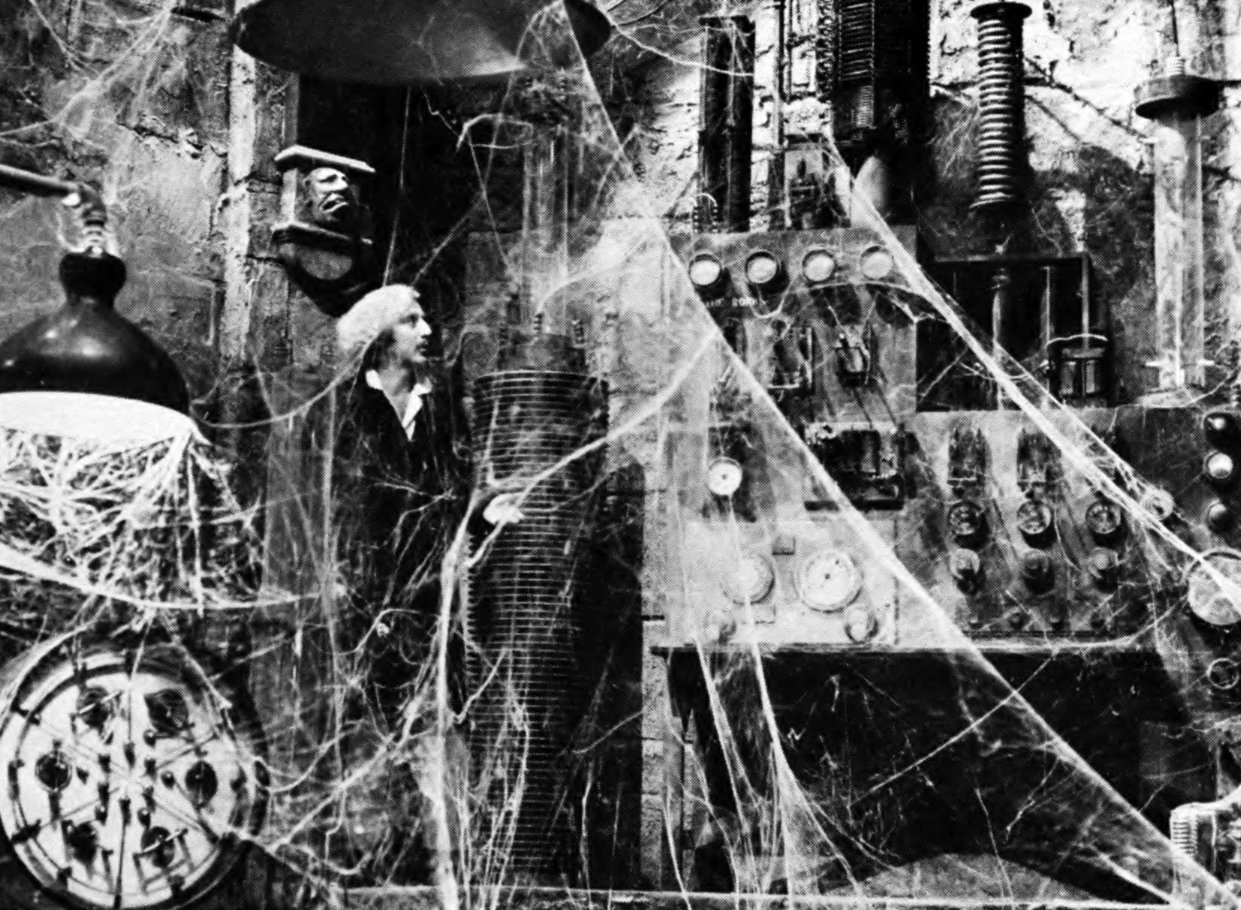
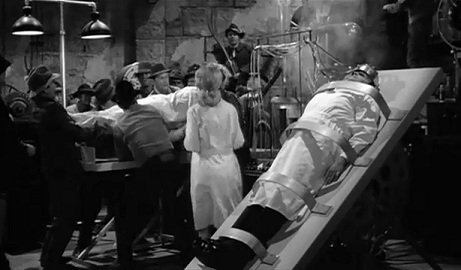
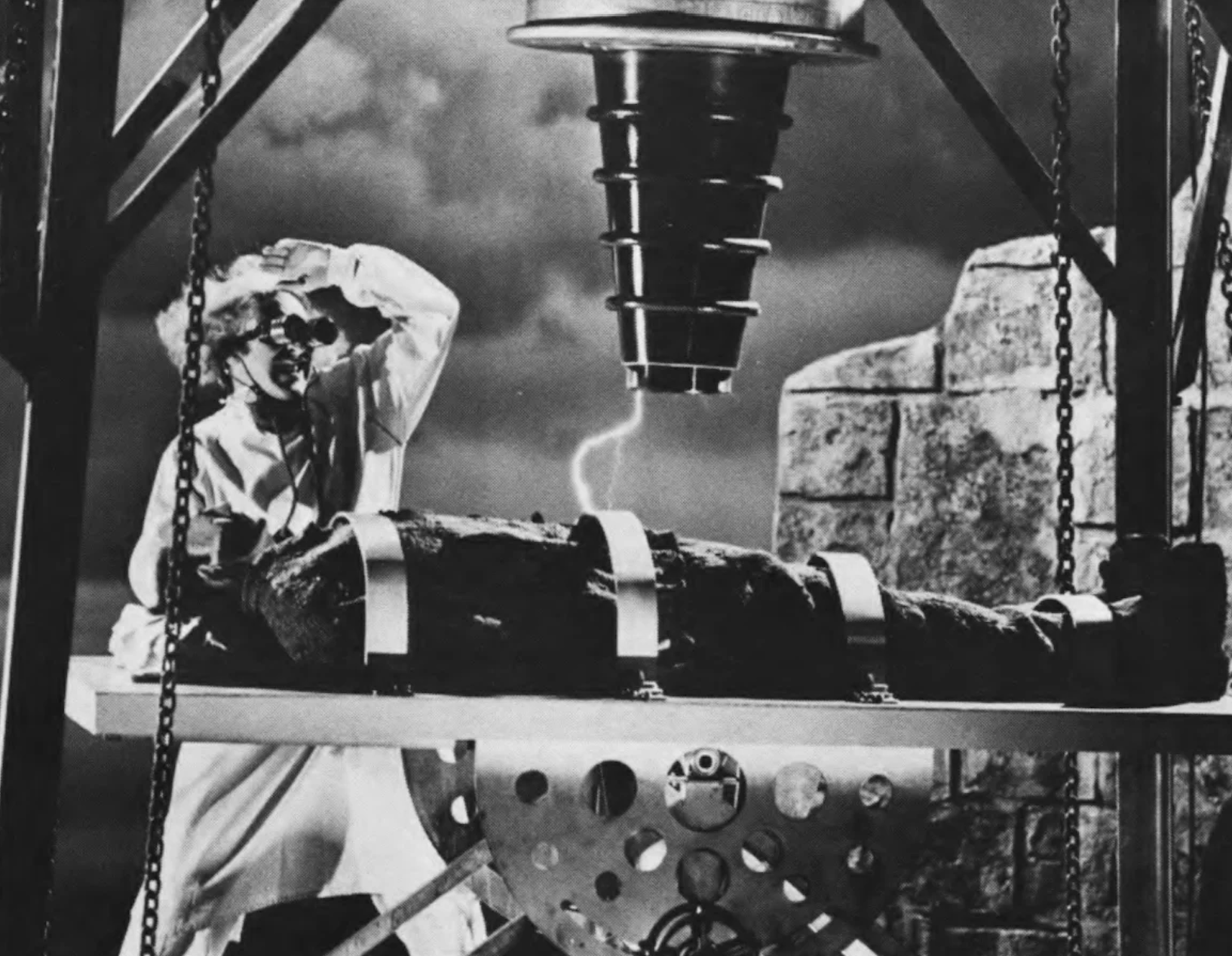
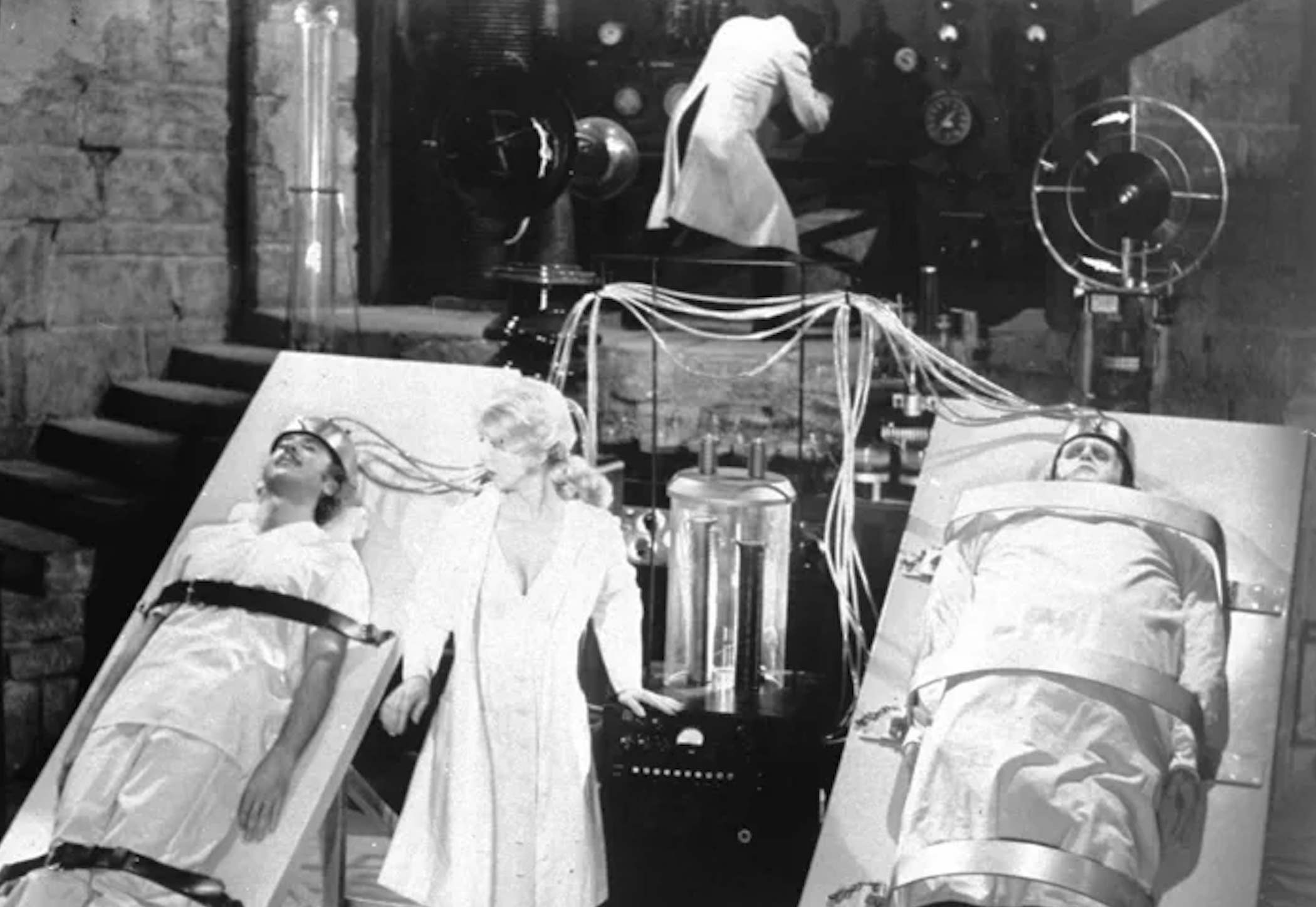
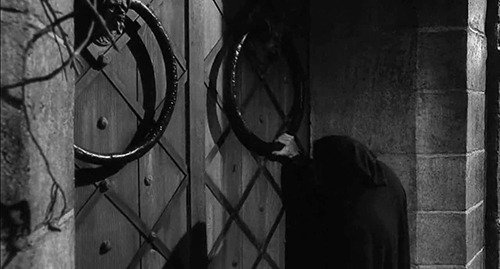
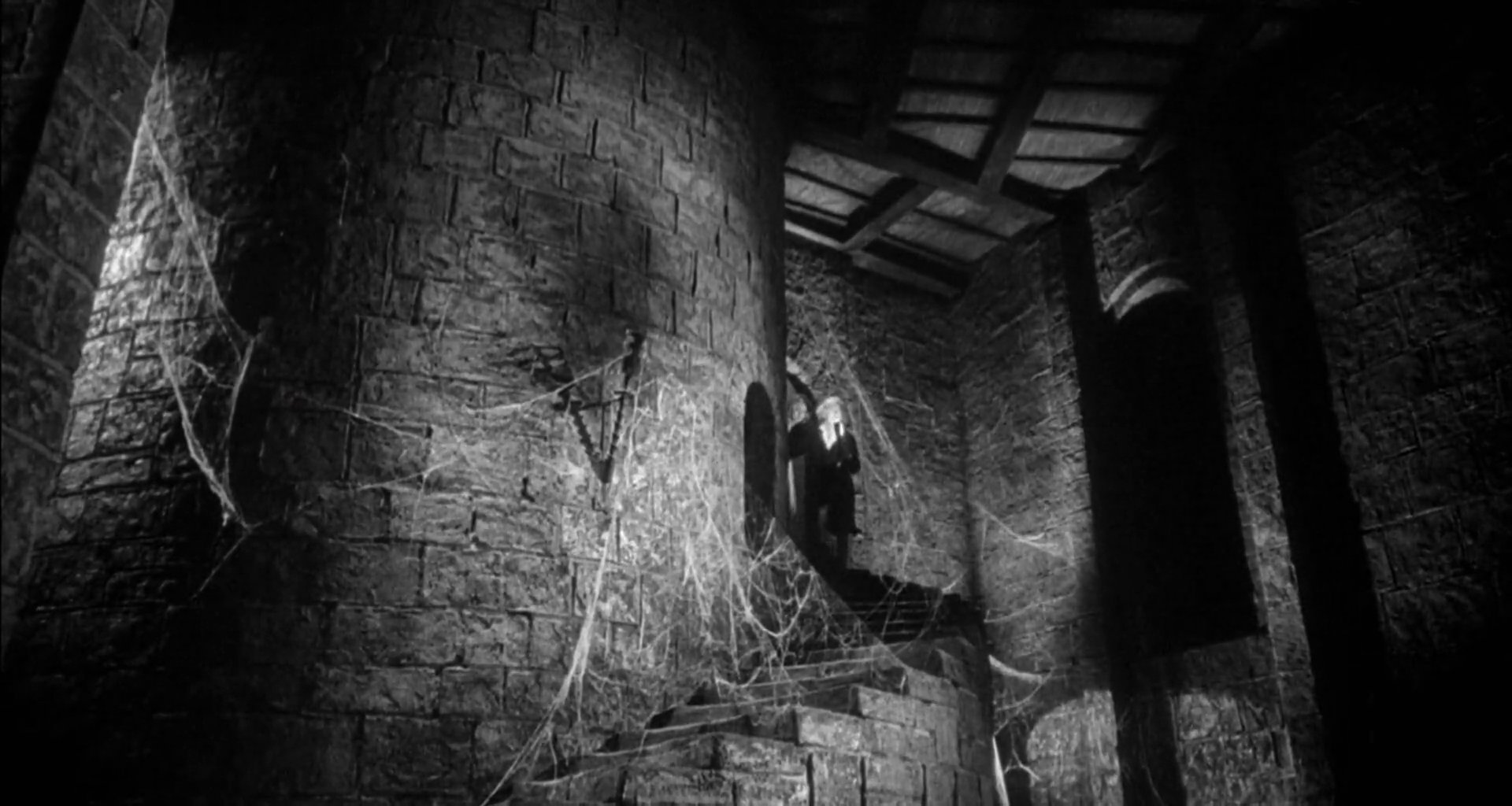
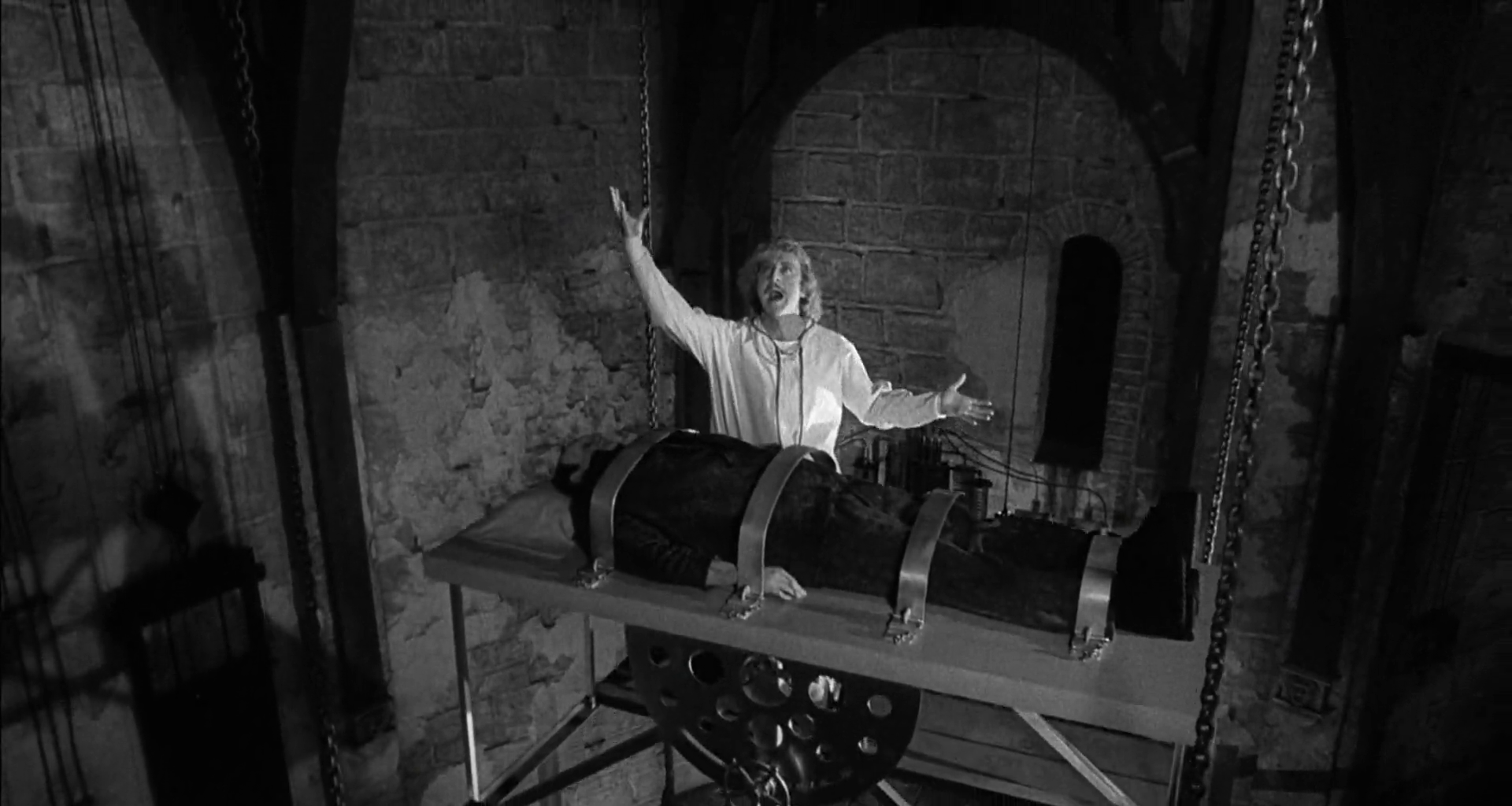
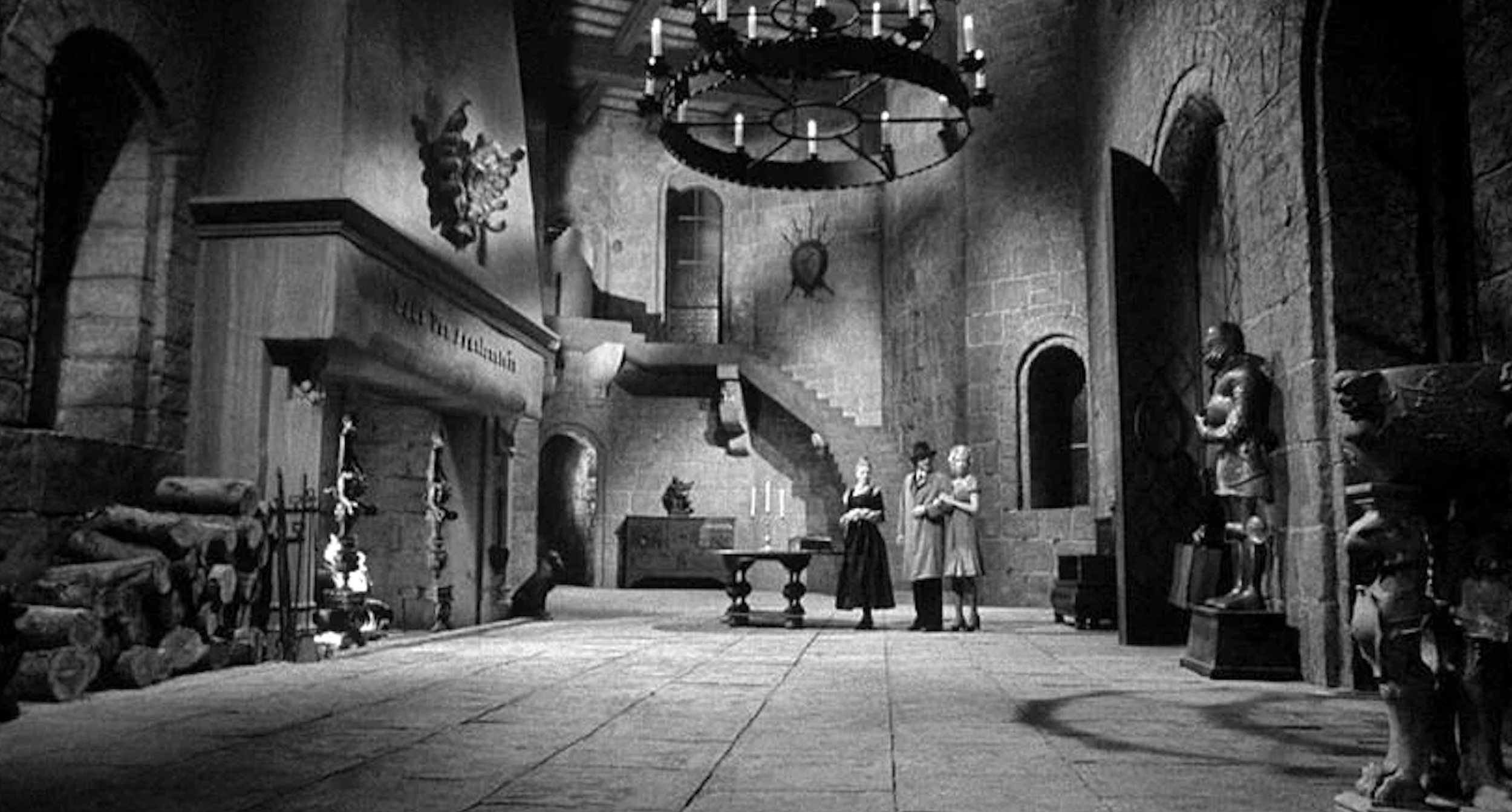
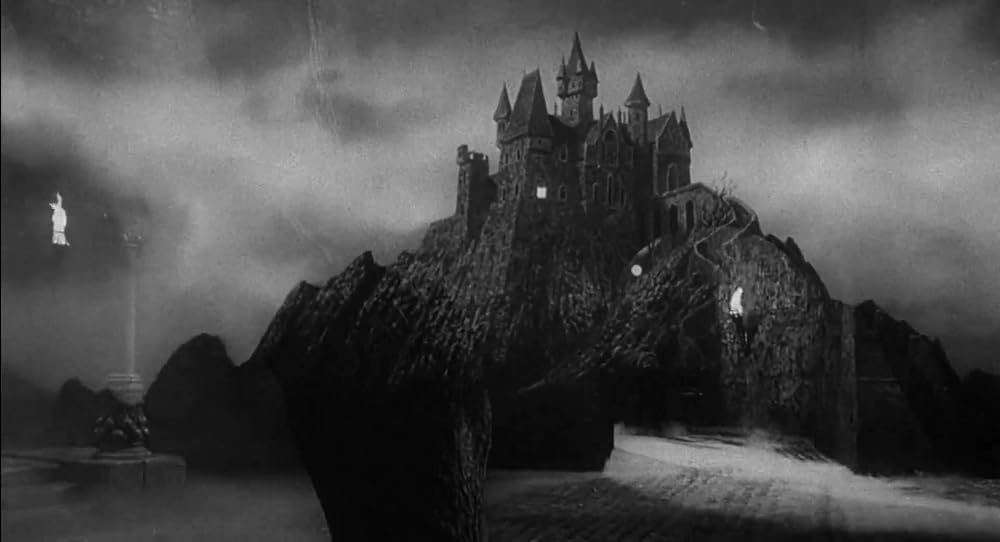
Comedy and satire aren’t typically known for their visual storytelling.
Mel Brooks’ “Young Frankenstein” completely redefined that notion.
Arguably, it’s the visual storytelling that made this 1974 satire so effective and such a cult classic.
Mel Brooks and Gene Wilder took much inspiration from “Frankenstein” (1931), and Bride of Frankenstein (1935).
There were a few key elements that Brooks and Wilder felt very strongly about keeping in their film:
1) Filming in Black and white
this was a non-negotiable for both Brooks and Wilder, bringing them to leave Columbia Pictures for Fox after much resistance toward filming in black and white.
2) Utilizing lighting effects and camera filters from the 1930s
even cinematographer Gerald Hirschfeld said that he hadn’t used most of these tools in at least 10 years
3) Recreating some of the laboratory design from the Frankenstein (1931)
Brooks and Wilder had their Production designer Dale Hennesy use some of Charles D. Hall’s (Frankenstein (1931) Production Designer) original designs for the laboratory.
For some of the machinery and equipment, the team wouldn’t need to rebuild these pieces. Production designer Dale Hennesy was able to track down some of the original pieces of scenery which happened to be in a garage in Santa Monica.
Visual Motifs that I deem relevant:
1) Scale
Scale comes into play a lot in this film. I think it does an incredible job at making us feel out of place in a way that’s enjoyable to the viewer.
From the moment we approach the castle, we are met with huge knockers. This also serves as a great innuendo for satire’s sake, but immediately the towering presence of the environment causes the viewers to feel out of place. Similarly to Dr. Frankenstein (Gene Wilder), who is arriving at a completely foreign place that is supposedly home. We continue to see this through the rest of the film, they enter the castle and are welcomed into a room of enormous scale with a treacherous staircase. At first glance, everything is intimidating, likely to give the audience a similar sensation to what Wilder’s character may have been feeling in this unknown environment— until he makes it his home.
2) Candle light/natural light
The Laboratory is the only room in this enormous castle with electricity. Elsewhere in the castle, the lighting sources seen by the camera are either oversized fireplaces, huge candelabras, wall torches, or lightning. Moments that revolve around light are very pivotal in this film— from the lightning that revives the monster, to the monsters fear of fire, light comes up in many symbolic ways in this film.
3) It’s Alive!
There is a huge element of life amidst this Castle, and by that… I mean that the castle feels like it’s alive. This is seen with the rotating bookcase, a hilarious moment that serves as a huge turning point, and the character that IS the laboratory. Between lighting and electrical effects taking place in the laboratory, that set ended up becoming a whole character in itself, full of life.




